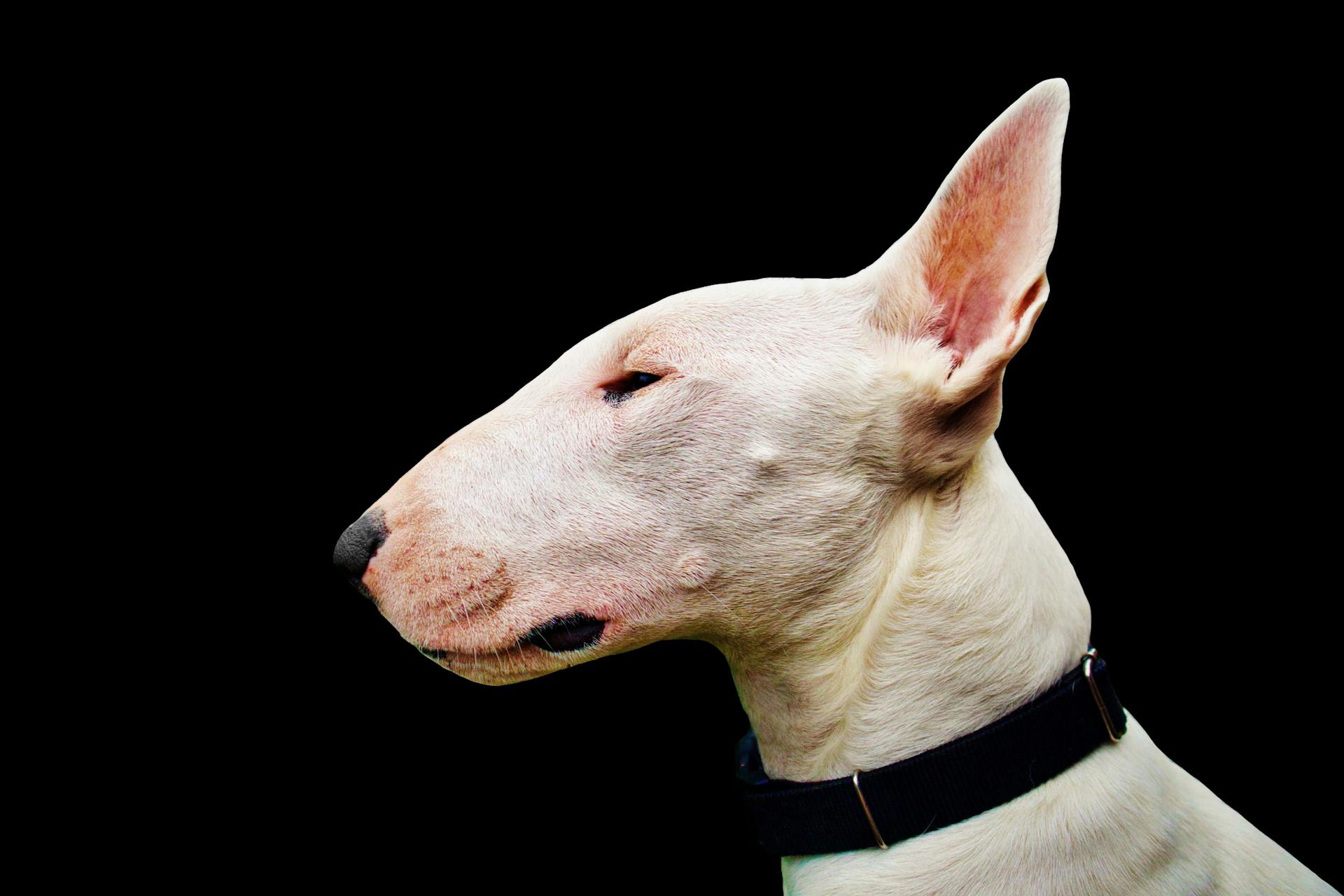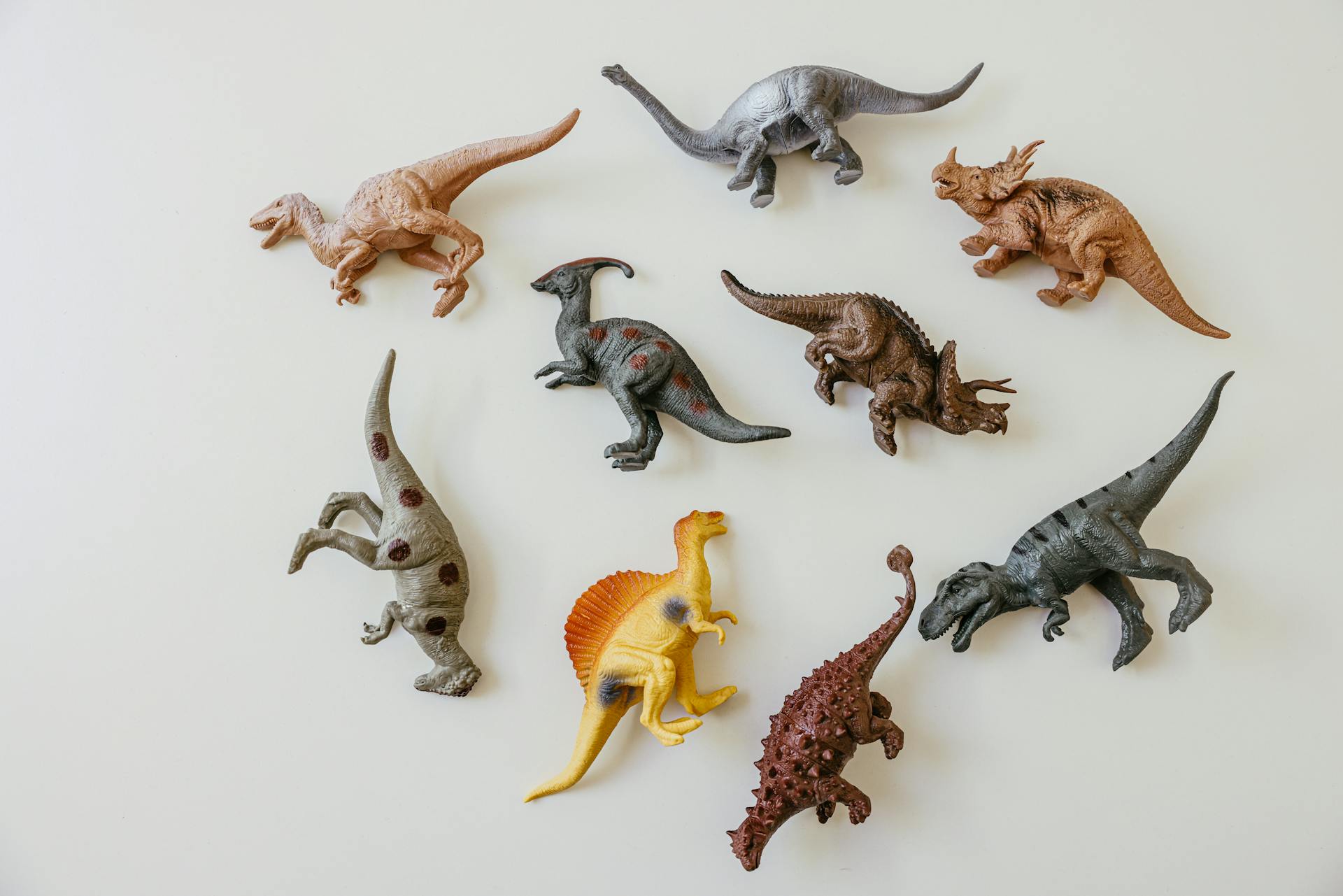
Dogs have been by our side for thousands of years, but have you ever wondered how they went from wild ancestors to loyal companions? The history of dogs is a fascinating story that spans over 15,000 years.
The first dogs are believed to have originated from gray wolves that roamed the Earth during the last ice age. These early dogs were likely domesticated by humans in the Middle East around 15,000 years ago.
As humans and dogs began to live together, dogs started to take on various roles such as hunting, guarding, and companionship. The earliest evidence of dog domestication comes from a site in Germany, where archaeologists found the remains of dogs dating back to around 14,200 years ago.
Dogs quickly became an integral part of human society, with many ancient civilizations keeping them as loyal companions and working animals. From ancient Egypt to modern times, dogs have been a beloved and integral part of our lives.
Suggestion: Dogs History with Humans
The Origin of Dogs
The origin of dogs is a fascinating topic that has been extensively studied by researchers. Dogs are believed to have originated from wolves, with evidence suggesting that domestication occurred in multiple regions, including Europe and Asia.
The earliest evidence of dog domestication dates back to around 33,000 years ago, with a study suggesting that dogs originated in China, south of the Yangtze River. This theory is based on genetic analysis of modern dog breeds and their relationship to wolves.
Archaeological findings have also revealed that dogs were present in various parts of the world, including the Near East, Europe, and the Americas, with evidence of different dog sizes and breeds dating back to around 15,000-12,300 years ago. Small dogs, medium-sized dogs, and large dogs were all present in these early human societies.
The domestication of dogs is thought to have occurred while humans were still hunter-gatherers, leading to dogs spreading with them and developing in geographic isolation. Eventually, human population growth and trade networks led to genetic admixture in the dog population, creating a diverse range of breeds.
A fresh viewpoint: Dog Breeds Watch Dogs
Despite the diversity of dog breeds, most modern breeds are relatively recent developments, dating back no more than 500 years. The oldest modern dog breeds are around 500 years old, and most date back to around 150 years ago. This suggests that dog breeds were created from a fairly homogenous gene pool, using dogs with mixed genetic heritages that had been developed in widely disparate locations.
Domestication and Breeding
Domestication of dogs is believed to have occurred in multiple regions, including Europe and Asia, with the earliest confirmed domesticated dog found in Germany dating back to 14,000 years ago.
The earliest confirmed domesticated dog in China was found in the early Neolithic Jiahu site in Henan Province, dating back to 7000-5800 BCE. This suggests that dogs were domesticated independently in different parts of the world.
The domestication of dogs occurred while humans were still hunter-gatherers, leading to extensive migration and geographic isolation of dog populations. This resulted in genetic admixture in the dog population, which is still evident today.
Dogs were initially bred for specific tasks, such as hunting and herding, and were valued for their unique characteristics like speed, strength, and keen senses. The oldest dogs were likely working dogs that hunted, herded, and guarded.
Selectively breeding dogs for desirable traits has led to the development of over 300 distinct dog breeds, classified into 10 groups by the Fédération Cynologique Internationale. These breeds vary greatly in size, behavior, and appearance, reflecting the ancient and varied domestication processes of dogs.
The creation of kennel clubs and selective breeding disrupted by World Wars I and II has resulted in the reestablishment of breeds using a handful of individuals or combining similar breeds. This has led to a homogenous gene pool for many breeds, which is a relatively recent development.
Ancient History
Dogs have been humans' loyal companions for thousands of years, with evidence of their domestication dating back to around 20,000 years ago.
Hunters may have used dogs for hunting as long as 20,000 years ago, and early humans were hunter-gatherers at that time. Dogs were the first animals humans domesticated before cows and sheep.
Dogs first appeared approximately 15,000 to 30,000 years ago, with the earliest dog fossils being from the Bonn-Oberkassel site in Germany, dating back around 14,000 years.
The Origin of the First Humans
The Origin of the First Humans is a topic that sparks curiosity in many of us. The earliest human ancestors are believed to have emerged in Africa around 6 to 8 million years ago.
These early humans, such as Sahelanthropus tchadensis, were ape-like creatures that walked upright on two legs. They were likely small in stature and had a brain size similar to that of modern chimpanzees.
Fossil evidence suggests that these early humans were primarily forest dwellers, feeding on fruits, nuts, and insects. Their diet was likely quite different from ours today.
The climate at that time was much warmer and more humid than it is today, with lush forests and abundant water sources. This environment would have provided a perfect setting for early humans to evolve and thrive.
The earliest human fossils found in Africa include those of Ardipithecus ramidus, which dates back around 4.4 million years. These fossils show a mix of ape-like and human-like features.
When Did It First Appear?
Dogs first appeared approximately 15,000 to 30,000 years ago, with the earliest dog fossils being from the Bonn-Oberkassel site in Germany, dating back around 14,000 years.
Humans and dogs likely evolved in tandem, with dogs appearing alongside hunters in ancient cave paintings all around the world. This suggests that dogs were used as hunting partners, guard dogs, and hauling heavy items for about 12,000 years.
Researchers have found that the earliest dog fossils date back to around 14,000 years ago, which is a fascinating discovery that sheds light on the history of our canine companions.

Studies suggest that dogs were first tamed by hunter-gatherers between 9,000 and 34,000 years ago, which is a wide timeframe that highlights the complexity of dog domestication.
Some scientists believe that dogs were domesticated independently in East and West Eurasia, with the mitochondrial genomes of all modern dogs being most closely related to the canids of Europe.
The Human-Canine Bond
Hunters may have used dogs for hunting as long as 20,000 years ago, with early humans being hunter-gatherers and dogs being the first animals they domesticated.
Dogs were considered ideal hunting partners, guard dogs, and haulers of heavy items for about 12,000 years. They were bred to perform specific tasks and diversified into hundreds of breeds over time.
Dogs were treated equally to humans in some cases, with evidence of dog burials that were similar to human burials. A dog burial at the Shamanaka site, for example, was a middle-aged dog that had suffered injuries and was interred in a formal cemetery.
On a similar theme: Best Food for Hunting Dogs
Dogs were often buried in formal cemeteries, suggesting that they were considered family members. A wolf burial at the Lokomotiv-Raisovet cemetery was also an older adult male, indicating that wolves may have been considered part of the community in some cases.
The domestication of dogs is believed to have started when wolves and wolf-hybrids began staying near human camps and were allowed to stay and breed. This nearness to humans led to the domestication of friendly, submissive wolves and wolf-hybrids.
Dogs that stayed near humans were likely fed scraps and bred with other friendly dogs, while bold and aggressive wolves were driven away. This process of selective breeding likely began around 9,000 years ago as herding dogs emerged.
Dogs were first tamed by hunter-gatherers between 9,000 and 34,000 years ago, although more recent studies suggest that humans may have first domesticated dogs some 6,400-14,000 years ago.
Timeline and Data
Dogs were first domesticated around 15,000 years ago, with evidence suggesting they were initially attracted to human camps and settlements.
The earliest archaeological evidence of dog domestication dates back to the Mesolithic era, with remains found in modern-day Germany and Belgium.
The first dogs were likely wolves that were drawn to human camps for food scraps.
Dogs were initially used for tasks such as hunting and guarding.
The earliest known dog breed, the Saluki, originated around 4,000 years ago in the Middle East.
Dogs have been a part of human society for thousands of years, with evidence of their presence in ancient civilizations such as Egypt and Greece.
By around 5,000 years ago, dogs had become an integral part of many human societies, serving as companions, hunters, and guardians.
The domestication of dogs led to significant changes in human behavior and culture, including the development of more complex societies and the rise of agriculture.
Origins and Ancestors
Dogs' ancestors are wolves, specifically gray wolves. Through domestication thousands of years ago, wolves evolved into the domestic dog we know today.
The domestication of dogs occurred while humans were all hunter-gatherers at the time, leading to extensively migrant lifeways and geographic isolation for a while. Eventually, human population growth and trade networks meant people reconnected, and that led to the genetic admixture in the dog population.
Evidence for the appearance of breed variation is found in several European Upper Paleolithic sites, with medium-sized dogs identified in Natufian sites in the Near East dated to ~15,500-11,000 cal BP.
Dogor's Species
Darwin believed that dogs had multiple origins, including wolves and jackals. He even thought a South American species could be an ancestor.
The idea of multi-regional domestication was also supported by Darwin. He imagined that small populations of native dogs were eventually replaced by more robust dogs introduced by Europeans.
An 18,000-year-old wolf puppy nicknamed "Dogor" was discovered frozen in the Siberian permafrost. Its fur, nose, mouth, and even whiskers were preserved.
Dogor's discovery is a reminder that the origins of dogs are still a topic of debate.
Who Are Their Ancestors?
Dogs' ancestors are wolves, specifically gray wolves.
The domestication of dogs is believed to have occurred thousands of years ago, leading to the evolution of the domestic dog we know today.
Wolves and dogs share a common ancestor, but over time, wolves adapted to their environments and developed into distinct species.
The exact moment in history when the first dog walked the Earth is still a topic of debate among researchers, but it's clear that dogs originated from wolves in various regions, including Europe and Asia.
In fact, a 2015 study suggested that dogs may have originated in China, south of the Yangtze River, around 33,000 years ago.
However, it's also possible that dogs were domesticated in multiple regions, leading to the diverse range of breeds we see today.
Dogs have been able to adapt to various environments and human lifestyles, resulting in over 340 recognized breeds worldwide.
Frequently Asked Questions
What was the first dog breed on Earth?
The Basenji is widely recognized as the oldest dog breed in the world, with genetic evidence supporting its ancient origins. Its unique characteristics and cat-like attitude make it a fascinating breed with a rich history.
Did Native Americans have dogs?
Yes, Native Americans had dogs, which served multiple purposes including protection, warmth, and companionship. Dogs were also a source of food for special occasions in some Native American groups.
Featured Images: pexels.com


